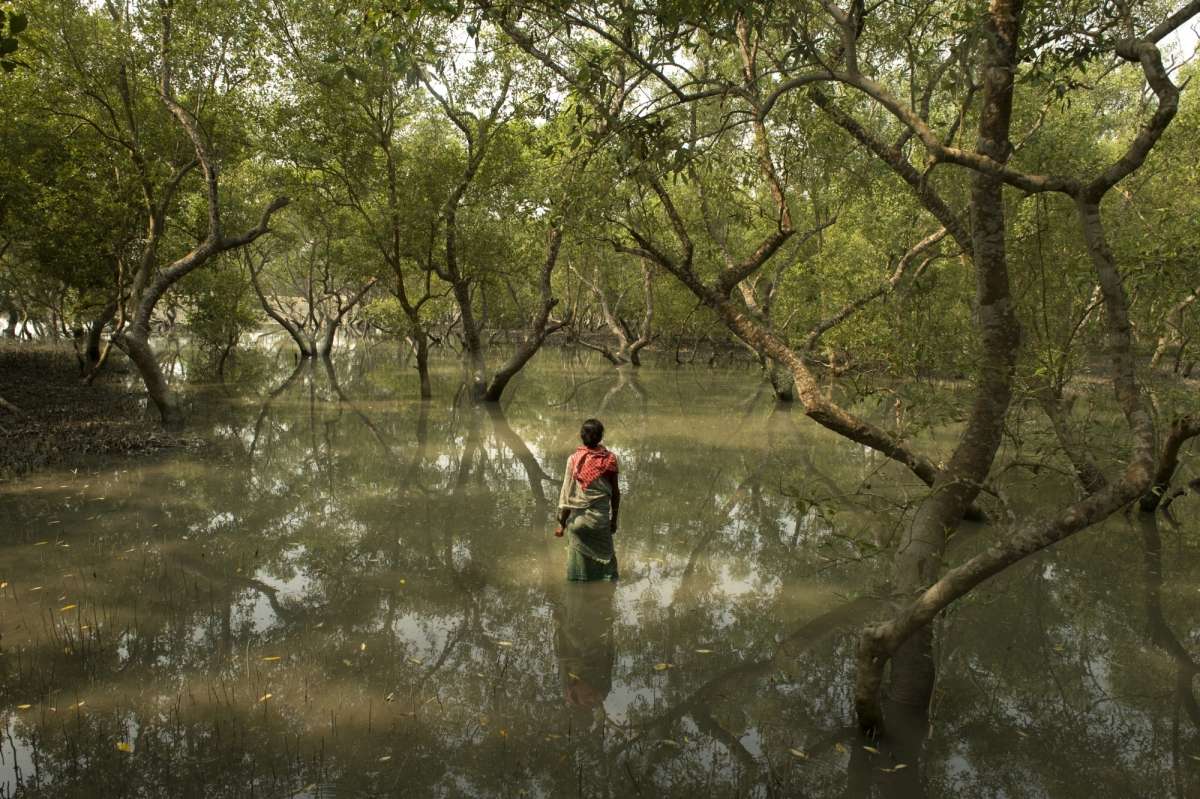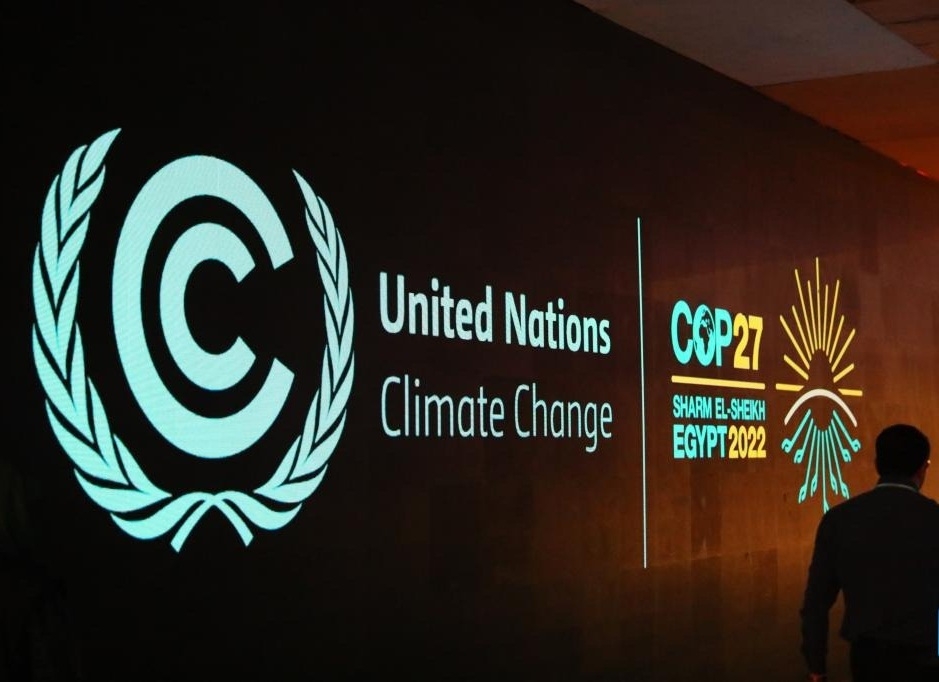The minister added that India is committed to creating an additional carbon sink of 2.5 to 3 billion tonnes of CO2 by forest and tree cover by 2030…reports Asian Lite News
India is likely to benefit from a $4 billion plan announced at the CoP 27 at Sharm El Sheikh in Egypt to secure the future of 15 million hectares of mangroves.
The Sunderbans is the single largest mangrove forest in the world spread across India and Bangladesh and home to some 7.2 million poor people and is expected to play a key role in fighting climate change. Apart from the Sunderbans, India has big mangrove forests in Andaman islands and Gujarat.
Mangroves are known to be natural barriers against sea level rise as well as in mitigating the effects of cyclones and storms. Mangroves work as a powerful carbon sink and are known to absorb more carbon emissions than regular forests.
Environment Minister Bhupender Yadav told the UN climate summit that mangroves are one of the best solutions to combating climate change and India can lend its expertise to the world in mangrove restoration.
Yadav was speaking at the launch of the Mangrove Alliance for Climate (MAC) at COP 27 in Sharm El Sheikh, Egypt. MAC seeks to bring together countries to promote mangroves against a worsening climate. Member countries include Australia, Japan, UAE, Indonesia, Spain and Sri Lanka.
He said: “We see the tremendous potential mangroves have for mitigation of growing greenhouse gases (GHG) concentration in the atmosphere. Studies have shown that mangrove forests can absorb four to five times more carbon emissions than landed tropical forests.”
He said that India has over five decades of experience in mangrove restoration and can share that with the world, adding that mangroves can help countries meet their nationally determined contributions (NDCs) to help limit the rise in global temperatures to below two degrees Celsius.
The minister added that India is committed to creating an additional carbon sink of 2.5 to 3 billion tonnes of CO2 by forest and tree cover by 2030.
Yadav said: “India is committed to conservation and restoration of natural ecosystems and has strong commitments towards conservation and management of mangroves. One of the largest remaining areas of mangroves in the world, the Sundarbans supports an exceptional level of biodiversity in both the terrestrial and marine environments, including significant populations of a range of flora and plant species”.
The G20 meet in Bali, Indonesia, on November 15-16 will also take up the case for mangroves through the MAC due to their role in combating the climate crisis.
ALSO READ-COP27: UAE, Indonesia unveil Mangrove Alliance for Climate












